Tiki Deks offering
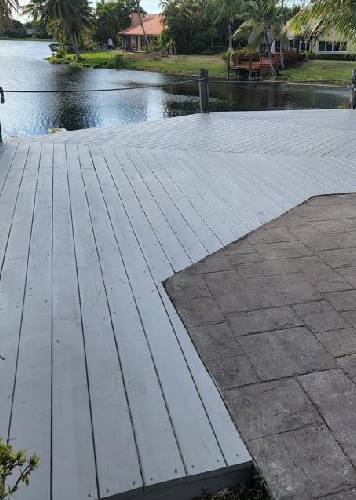
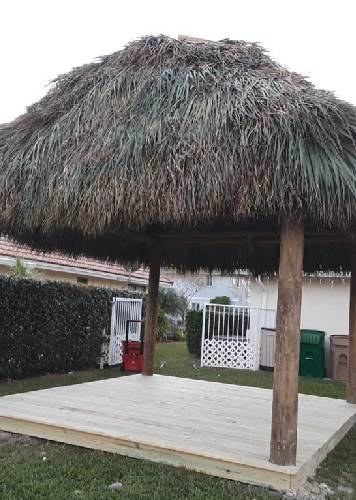
.jpg)
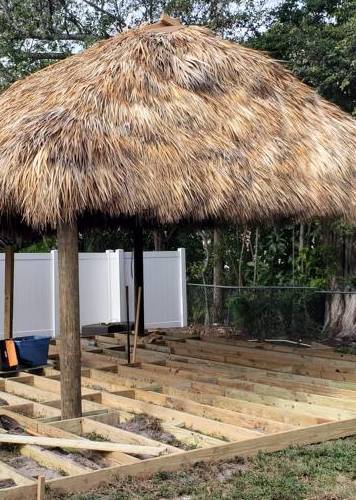
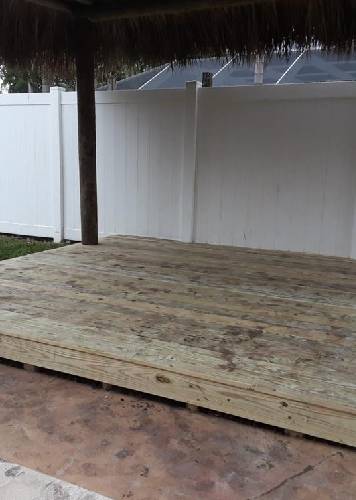
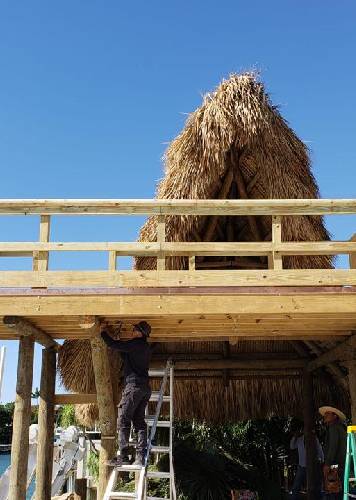
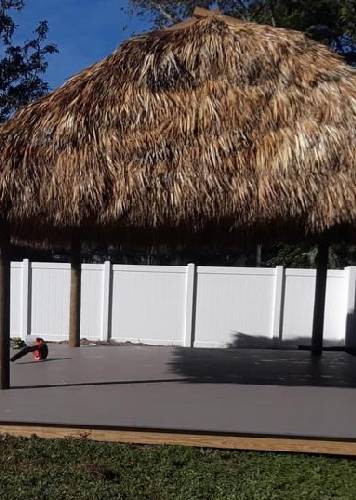
.jpg)
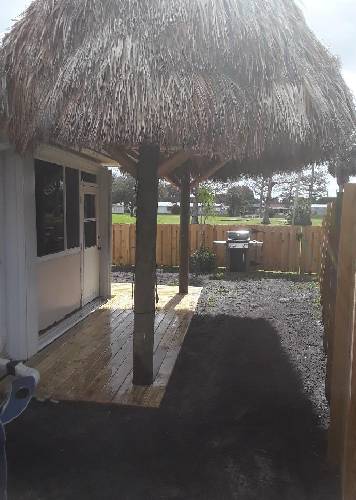
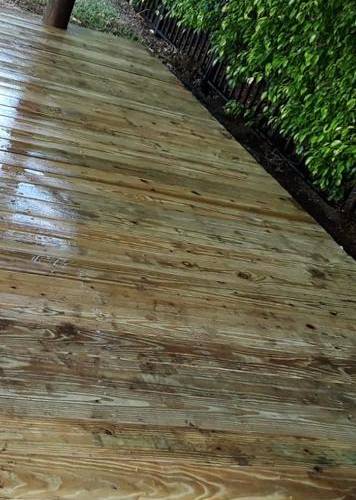
Tiki huts have long been celebrated for their ability to transform any outdoor space into a serene tropical oasis. Beyond their inherent charm and the instant ambiance they provide, one of the most appealing aspects of tiki huts is their adaptability. Available in a myriad of designs, sizes, and materials, these versatile structures can be customized to meet individual preferences, ensuring they harmonize with the existing outdoor décor and reflect the homeowner's personal style. This level of customization not only enhances the aesthetic appeal of an outdoor space but also ensures that the tiki hut serves its intended functional purpose to the fullest.
From the traditional Polynesian style to more contemporary interpretations, tiki huts can be designed to reflect a wide range of aesthetics. Homeowners can choose from a variety of structural shapes, including round, square, and rectangular configurations, depending on the space available and their personal preferences. The roof, which is a defining feature of the tiki hut, can vary in slope and overhang, allowing for different levels of shade and protection from the elements. This variety ensures that each tiki hut can be a unique expression of the homeowner's taste and style.
One of the key benefits of opting for a tiki hut is the flexibility in size. Whether the goal is to create a cozy corner for intimate gatherings or a large, shaded area capable of hosting sizable parties, there's a tiki hut to fit every need. Homeowners can work with builders to determine the optimal size based on the available outdoor space and the intended use, ensuring that the structure enhances the functionality of their outdoor living area without overwhelming it.
The choice of materials is critical in the customization of tiki huts. Traditionally, these structures are built using natural materials like bamboo and palm leaves, which not only lend authenticity but also ensure sustainability. For the roof, thatched palm leaves provide excellent insulation and a classic tropical look, while alternative materials like synthetic thatch offer durability and low maintenance without compromising on aesthetics. The structural framework can be constructed from various woods, ranging from the rustic charm of bamboo to the durability of pressure-treated lumber, depending on the desired look and longevity.
The beauty of customizing a tiki hut lies in the ability to tailor it to complement the existing outdoor décor. Homeowners can choose colors, finishes, and decorative accents that align with their outdoor furniture, landscaping, and the architectural style of their home. This seamless integration ensures that the tiki hut feels like a natural extension of the living space, enhancing the overall cohesion and flow of the outdoor area.
Beyond structural and material choices, the personalization of a tiki hut extends to its furnishings and accessories. Custom bars, built-in seating, and lighting can be integrated into the design, creating a fully functional outdoor living space that caters to the homeowner's specific needs. Decorative elements such as carvings, statues, and thematic décor can add personality and flair, making the tiki hut a true reflection of the owner's personality and lifestyle.
The customization options available for tiki huts make them a versatile and appealing addition to any outdoor space. By offering homeowners the ability to tailor designs, sizes, materials, and decorative elements, tiki huts can be perfectly adapted to suit individual tastes and complement existing outdoor décor. This level of personalization not only enhances the aesthetic appeal of the property but also maximizes the functionality of the outdoor living space, creating a personalized tropical retreat that can be enjoyed for years to come.


.jpg)




.jpg)

